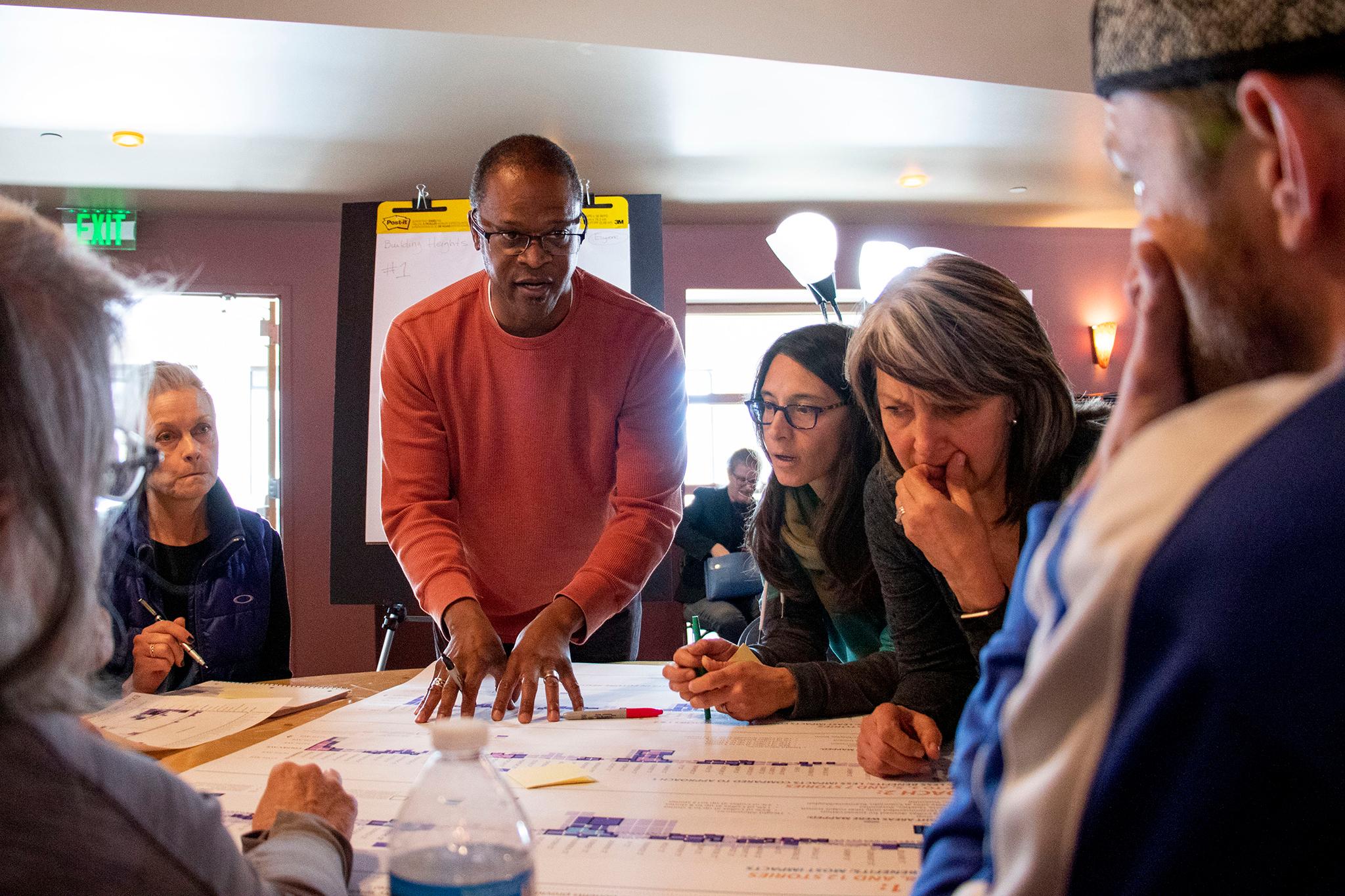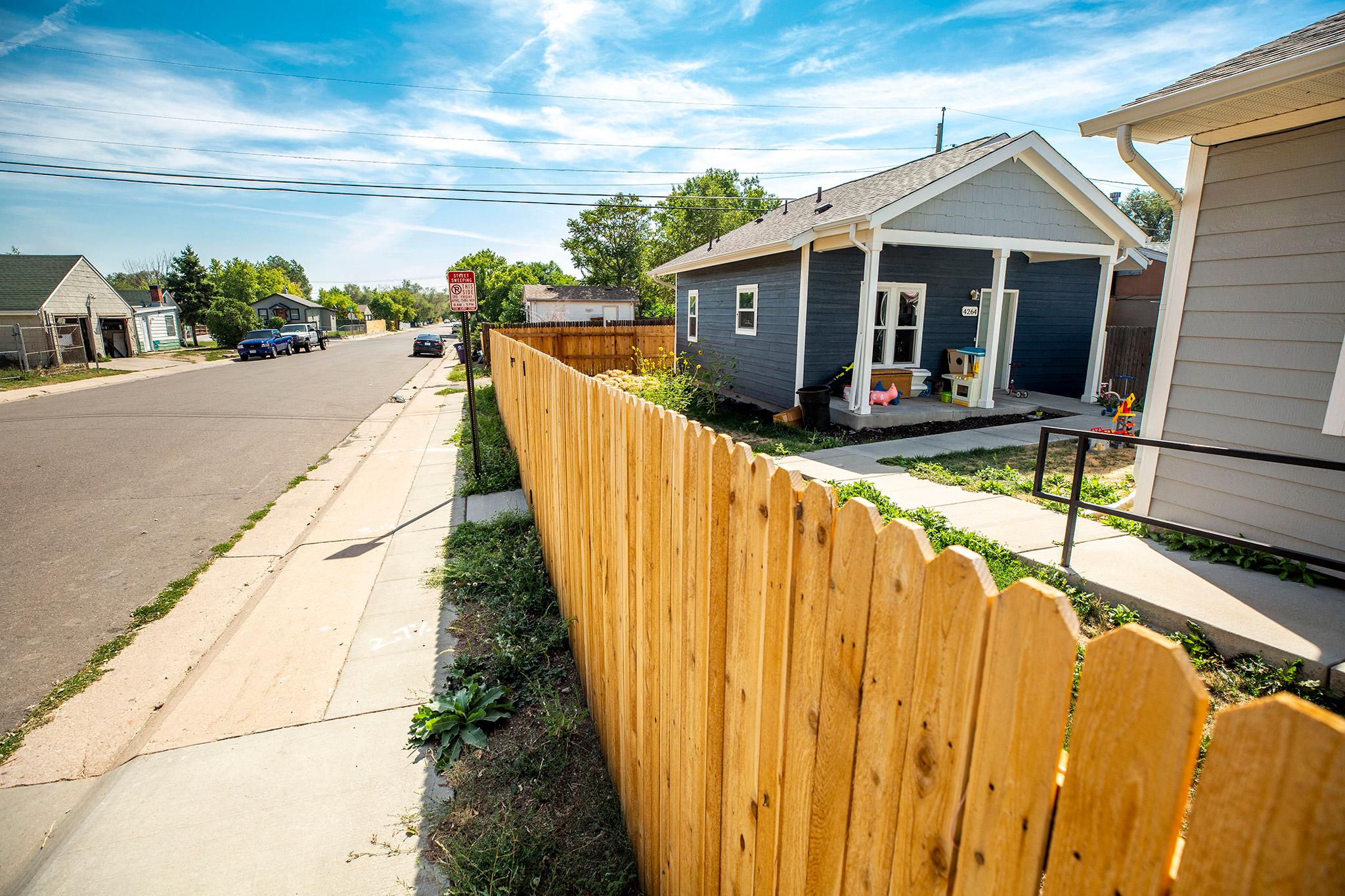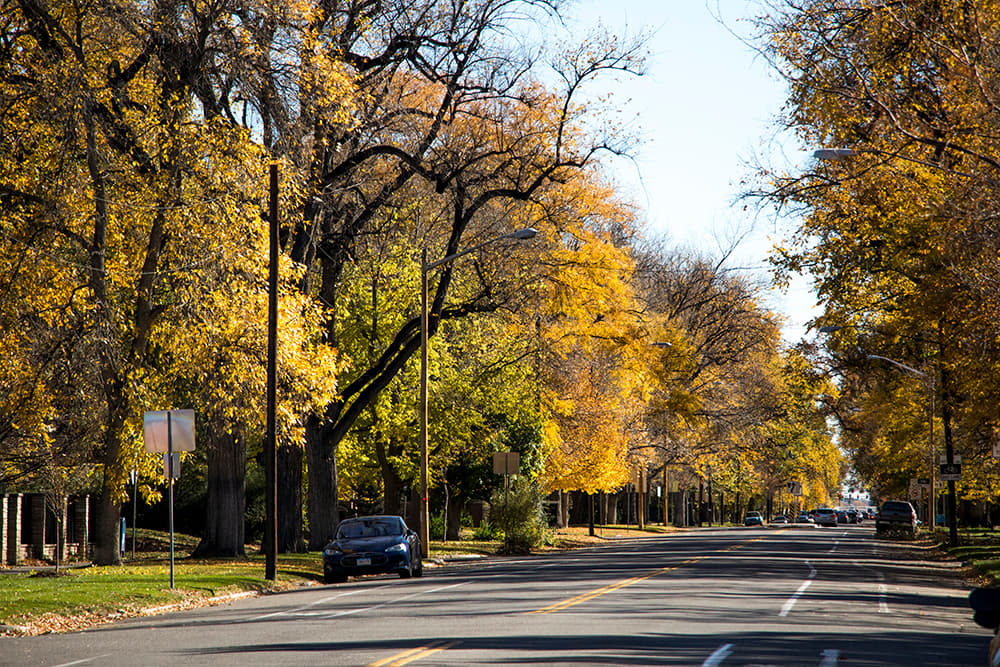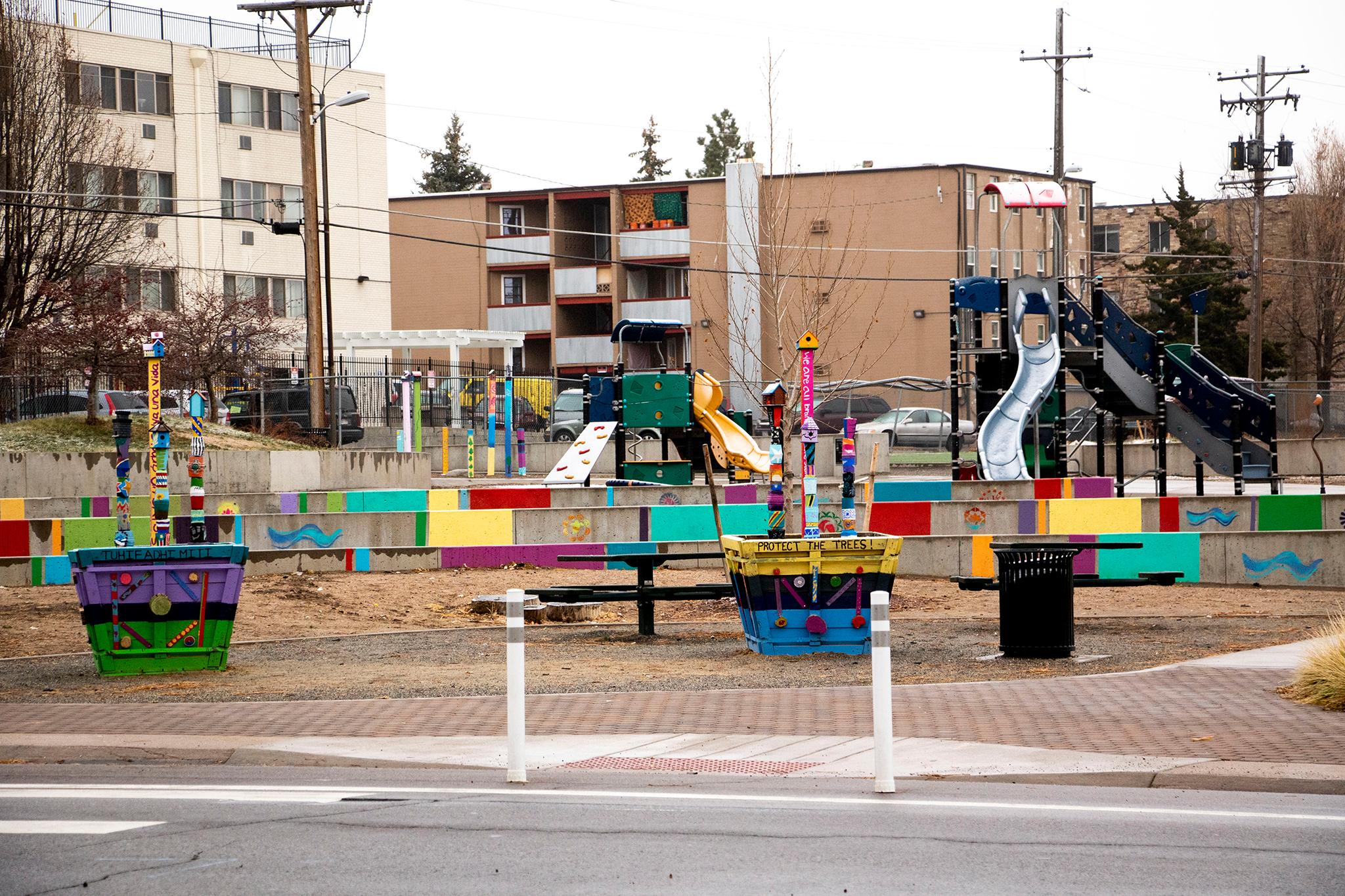The Denver City Council passed a polarizing vision for four neighborhoods on Monday in a move meant to guide growth and development on Denver's east side.
East Colfax, Hale, Montclair and South Park Hill are already changing as Denver grows -- some neighborhoods more than others. With the East Area Plan, city planners want to manage short-term and long-term development in a way that expands housing options and curbs displacement from gentrification. The plan recommends scores of policies and strategies aimed at making East Denver more affordable, healthier for people and the environment, and easier to move around without a car. A big transit project, Colfax bus rapid transit, anchors the plan.
"When we have these conversations, we often focus on the consequences of doing something, but it's just as important to talk about the consequences of not doing something," said Laura Aldrete, head of the Denver Department of Community Planning and Development. "The negative impacts (of growth) are already underway in these neighborhoods in terms of housing costs, rising rents and businesses that are having a hard time surviving."
Throughout the three-year public process, which culminated in a 12 to 1 approval by city council members, locals argued against the East Area Plan. The range of complaints was wide. Some resisted change itself while others fought against more height and density. Others thought the plan was too modest -- that it preserved the status quo of wealthier, whiter neighborhoods remaining as-is while lower-income areas like East Colfax absorbed the lion's share of redevelopment.


To help meet housing demand and drive down rent and mortgage costs, the plan recommends allowing "missing middle" housing like small apartment buildings, duplexes, triplexes and carriage houses known as accessory dwelling units (ADUS) in places where they're currently banned. The idea is to add density and diversity of housing and people.
Some longtime residents of traditionally single-family neighborhoods worry that laxer building rules will spawn a land-grab by developers who will scrape older affordable houses, hike up housing costs and turn quiet, canopied neighborhoods into busy places where parking private cars on public roads is more difficult.
"This is something exploitable by developers," said Erik Stark, who lives in the plan area. He said "the whole process is flawed because you can't provide guarantees or protections in the plans."
City planners say state law prohibits rent control, so they're trying to lure the private market with incentives to build affordable homes. Other new building rules would let structures rise up to five and seven stories on parts of Colfax Avenue in exchange for developers paying for "community benefits" like affordable housing and parks, the plan states. So they could only build higher if they built what the city needs. But they don't have to take the bait.

City planner Curt Upton, who co-led the planning process, said more homes -- and more types of homes -- are needed to meet Denver's growth projections. The plan recommends that ADUs be allowed everywhere but it does not prescribe exactly where single-family homes will be rezoned to allow other missing-middle housing (that's coming in a separate process). Upton does not envision a blanket change. He sees density increasing in select areas like on corner lots, for example, or lots next to businesses and on busy streets like Colorado Boulevard.
Allowing property owners to build ADUs gives them a new way to make money while giving others the opportunity to become homeowners, the plan states.
"We're reinforcing that every homeowner should be given the right to build an ADU if they want to," Upton said. "The issue of the missing middle housing or duplexes, triplexes and fourplexes, what the plan recommends is that those units be integrated into every neighborhood in the East area, but in a thoughtful way that considers the context."
CdeBaca, who voted against the plan, said that the East Area Plan would become a tool for building market-rate homes that raise property values and push out people of color, citing displacement from gentrification over the last several years.
"We teeter back and forth on whether or not to allow them their up-zonings that always are justified by a plan like the one we're contemplating tonight, and then we complain that we have to approve their up-zonings if plans exist to justify it," CdeBaca said.
Several residents on Monday spoke in favor of the plan, particularly for added density, new types of homes, and better infrastructure for walking, biking and transit. Councilwoman Amanda Sawyer, whose district crosses much of the plan area, was happy with the final product.
"The truth is that the East Area Plan is a vision for how these neighborhoods are going to grow in the next 20 years," Sawyer said. "We are going to grow. We're a city, we should grow, but we have to make sure we're doing it thoughtfully, and that's what this plan does."

But neighborhood groups including Denver East Neighborhoods First, which sprouted in response to the plan, claimed in a fact sheet that the plan will result in "effective elimination single-family zoning." On Monday, the city council upheld a controversial sentence in the plan that stated Denver's single-family neighborhoods would "primarily" stay that way.
"We have a strong, healthy family-oriented neighborhood that has been built on the foundations of the zoning," said Dirk McDermott, a Park Hill resident who spoke during a public hearing Monday. "And we do not want this to change."
The East Colfax Community Collective, another group that sprouted in response to the plan, rebuked the idea of protecting all single-family neighborhoods. The group represents people of color and lower-income residents who live in the East Colfax neighborhood or own businesses there. They'd like to see development and its accompanying growing pains absorbed by other neighborhoods, not just theirs.
"We need different types of housing like duplexes, triplexes and multi-family options in all of Denver that are affordable for more people to buy," said Say Ra Sein, who immigrated to East Colfax from Thailand, in a written statement. "I hope that city council will listen to our community and allow for more affordable and different kinds of housing in the east area."

East Colfax is the least wealthy and most racially and ethnically diverse of the four neighborhoods. It has the most "barriers to accessing opportunities" as well, the plan states. It attempts to pay special attention to East Colfax in the name of equity, recommending things like an "international cultural district" that Upton said would give "more community ownership and guidance around the changes along Colfax and have this area retain this character of international businesses and multiculturalism." It also calls for investments in small businesses in the most "underserved and or distressed neighborhoods" and to "address the needs of culturally relevant businesses that are most vulnerable to involuntary displacement."
East Colfax Community Collective spokesman Brenden Greene acknowledged 65 changes that city planners made to better address equity, but the group opposed the plan in the end.
"This would not be the plan that we would have written for ourselves," Greene said. "If we truly want to create plans that fight displacement, we should empower neighborhoods at risk of displacement to do this independently without being forced to negotiate."
The East Area Plan is about more than zoning and building types. It's got recommendations for trees, places and policies that help people grow local vegetables, and everyone's favorite subject, "design quality and preservation recommendations." The full 265-page plan is available on the city's website, and here's an abridged version.













